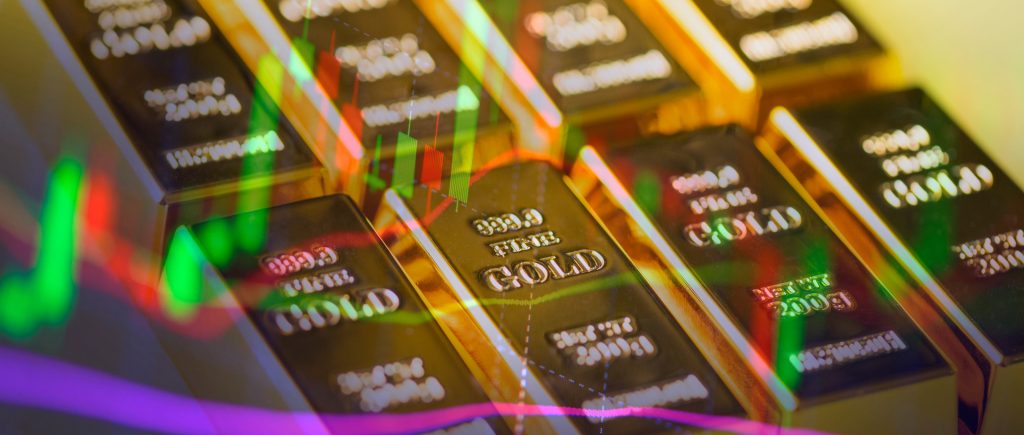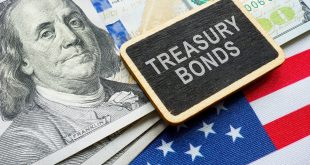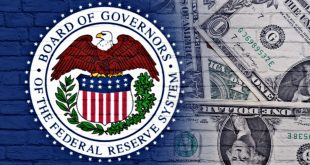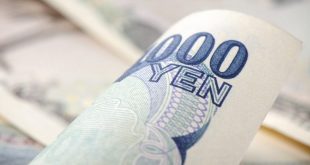Gold prices edged up slightly in Asian trade on Wednesday, continuing modest gains from the previous session as safe-haven demand remained supported by concerns over potential U.S. trade tariffs. However, the metal’s ascent was tempered by a resilient U.S. dollar and easing tensions in the Middle East, which dampened some of the safe-haven appeal.
Spot gold rose 0.3% to $2,640.16 an ounce, while gold futures expiring in February climbed 0.7% to $2,665.41 an ounce by 23:38 ET (04:38 GMT). These gains follow a period of volatility driven by geopolitical developments and economic policy uncertainties.
Trump’s Tariff Threats Boost Safe-Haven Demand
U.S. President-elect Donald Trump intensified market concerns by threatening to impose additional trade tariffs on China, Canada, and Mexico upon taking office. This announcement has heightened fears of a renewed trade war among the world’s largest economies, potentially undermining global economic growth and exacerbating U.S. inflation. Analysts caution that steep tariffs could disrupt international trade flows and elevate inflationary pressures, which in turn could lead to higher interest rates in the long term.
The anticipation of these tariffs has reinforced gold’s role as a safe-haven asset, drawing investors seeking stability amidst rising geopolitical risks. However, the dollar’s strong performance has limited the extent of gold’s gains, as a robust greenback makes gold more expensive for holders of other currencies.
Easing Middle East Tensions Reduce Safe-Haven Appeal
Gold’s upward momentum was further restrained by positive developments in the Middle East. U.S. President Joe Biden’s announcement of a ceasefire deal between Israel and Hezbollah signaled a potential de-escalation of tensions in the region. This news alleviated some of the immediate safe-haven demand for gold, as investors perceived a reduction in geopolitical risks that typically drive gold purchases.
Mixed Performance in Other Precious and Industrial Metals
While gold showed slight gains, other precious metals experienced mixed performances. Silver futures rose 0.4% to $30.962 an ounce, and platinum futures edged up to $932.05 an ounce. Conversely, industrial metals faced downward pressure amid concerns over a more hawkish U.S. stance towards China, a major importer of copper and other base metals. Benchmark copper futures on the London Metal Exchange rose 0.6% to $9,026.50 a ton, while copper futures expiring in February increased by 0.4% to $4.1463 a pound.
Bank of America Warns Trump Policies May Limit Gold Demand
Bank of America analysts issued a cautionary note, highlighting that Trump’s anticipated economic policies could limit investor appetite for gold. The bank forecasts that Trump’s administration is likely to implement more corporate tax cuts and expansionary economic measures, which could spur U.S. growth and strengthen the dollar. These policies are expected to drive U.S. interest rates higher in the long term, reinforcing the dollar’s strength and Treasury yields while curbing demand for gold as a non-yielding asset.
Despite recent gains, gold had experienced significant losses throughout November following Trump’s election victory, as the initial optimism over his pro-crypto and pro-growth policies began to wane amidst rising tariff threats and a stronger dollar.
Gold’s near-term performance will continue to be influenced by a delicate balance between geopolitical risks and macroeconomic factors. While Trump’s tariff threats support safe-haven demand, the persistent strength of the U.S. dollar and expectations of higher interest rates present headwinds. Investors will closely monitor developments in U.S. trade policies and geopolitical tensions, as well as economic indicators that could impact the Federal Reserve’s interest rate decisions.
As the global economic landscape evolves, gold remains a pivotal asset for investors navigating uncertainty, though its gains may remain constrained by the interplay of these complex factors.
 Noor Trends News, Technical Analysis, Educational Tools and Recommendations
Noor Trends News, Technical Analysis, Educational Tools and Recommendations





